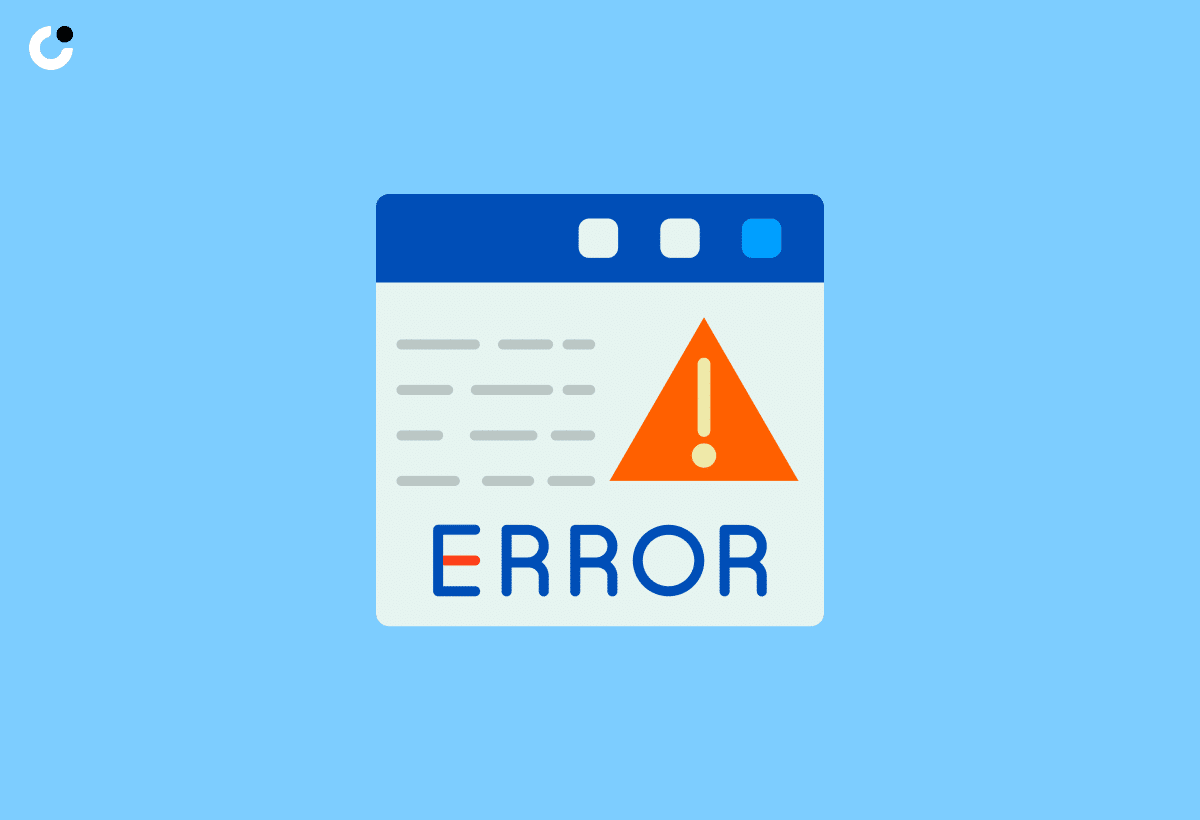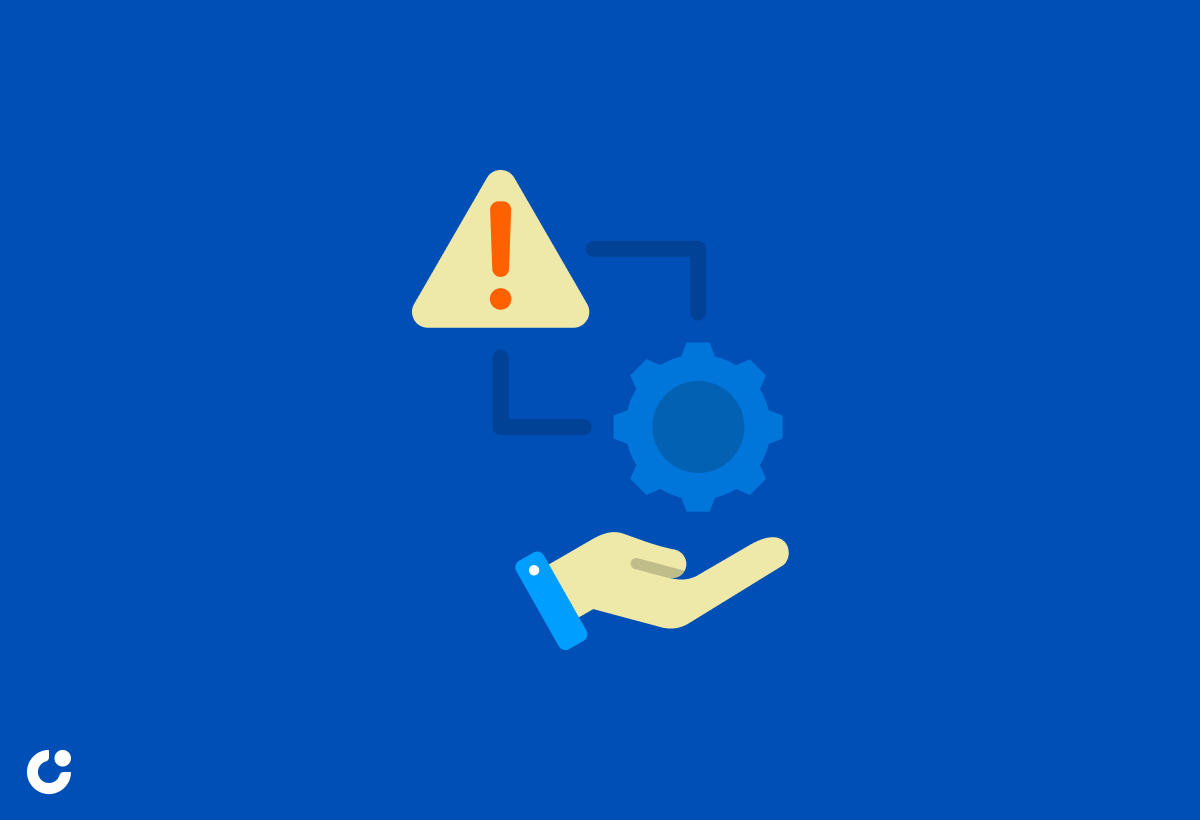Are you struggling to create engaging and inviting emails for your events or promotions? Look no further! In this article, we will provide you with a comprehensive invitation email template that will help you craft emails that not only grab the attention of your recipients but also encourage them to take action. Say goodbye to boring and ineffective emails, and say hello to emails that will have your audience eagerly RSVPing or clicking through to your website.
Key Takeaways:
Use a clear and concise subject line to grab attention and entice readers to open your invitation email.
Personalize the email by addressing the recipient by name and using a friendly and conversational tone.
Include all necessary details in the body of the email, such as event information, RSVP instructions, and a call to action to encourage a response.
Error Handling in Web Development

Error handling in web development is a crucial aspect that involves identifying, resolving, and preventing issues that may arise during the development process.
Ensuring proper error handling is essential for creating robust and reliable web applications. Without effective error management, issues such as broken functionality, poor user experience, and security vulnerabilities can arise, leading to negative impacts on a website's performance and reputation. Some common types of web development errors include syntax errors, runtime errors, logical errors, and configuration errors. These errors can occur due to various factors such as human mistakes, faulty code, server issues, or external dependencies.
When encountering errors, developers can employ debugging techniques to identify and rectify the issues efficiently.
Strategies such as using logging mechanisms to track errors, conducting thorough code reviews, and utilizing testing frameworks can help in effective debugging.
Incorporating exception handling mechanisms in the codebase and implementing error monitoring tools can assist in timely detection and resolution of errors.
Types of Errors in Web Development

Errors in web development can be categorized into syntax errors, runtime errors, and logical errors, each requiring specific approaches for identification and resolution.
For example, syntax errors occur when there are typos in the code or incorrect use of programming language syntax. These errors can easily be caught by the compiler during the development phase. Runtime errors, on the other hand, occur when the code is being executed and can lead to crashes or unexpected behavior. An example of this could be division by zero. Logical errors are the trickiest as the code runs without any errors but does not produce the expected output due to flawed logic.
The impact of these errors on web applications can vary. Syntax errors can prevent the code from running altogether. Runtime errors may lead to a website crashing when a user performs a certain action, disrupting the user experience. Logical errors can cause functionalities to work incorrectly, giving inaccurate results or unexpected behaviors, potentially leading to user dissatisfaction.
Importance of Proper Error Handling

Proper error handling in web development is essential for ensuring the smooth operation of applications, minimizing downtime, and enhancing user experience.
By implementing robust error handling mechanisms, developers can significantly improve the reliability and stability of their web applications. Efficient error handling not only helps in swiftly identifying and addressing issues but also plays a crucial role in maintaining data integrity and security.
One of the key benefits of proactive error prevention is the ability to catch potential problems before they impact end-users, ultimately enhancing the overall usability and performance of the application. Rapid issue resolution through effective error handling practices can lead to increased user satisfaction and loyalty.
Best Practices for Error Handling

Implementing best practices for error handling in web development involves establishing clear protocols, utilizing exception handling mechanisms, and documenting error codes for efficient troubleshooting.
Establishing clear protocols for error handling ensures that there is a standardized approach in place to address issues that may arise during coding and testing phases. Properly defined protocols can help developers understand the flow of error handling processes and reduce confusion when troubleshooting. Utilizing robust exception handling mechanisms, such as try-catch blocks in programming languages like JavaScript or Java, can help catch and address errors effectively before they escalate. Documenting error codes with detailed descriptions and possible resolutions is crucial for streamlining the debugging process and facilitating quick identification and resolution of issues.
Exception Handling Techniques

In web development, exception handling techniques such as try-catch blocks, throw statements, and error logging play a vital role in capturing and managing errors effectively.
Try-catch blocks are designed to handle potential errors that may occur within a specific code block. The 'try' block contains the code that could potentially throw an error, while the 'catch' block captures and handles any exceptions that are generated. By utilizing these blocks, developers can prevent their applications from crashing due to unforeseen errors.
The 'throw' statement is used to manually create and throw custom exceptions when certain conditions are met. This allows for more granular control over error handling, enabling developers to define specific error scenarios and responses.
Error logging is another crucial aspect of effective error management. By recording detailed information about encountered errors, developers can track down the root causes of issues, troubleshoot more effectively, and make necessary refinements to improve the stability and reliability of their web applications.
Error Logging and Monitoring

Error logging and monitoring are essential practices in web development that involve capturing error data, analyzing trends, and setting up alerts to promptly address issues.
Regarding error logging, it serves as a mechanism that records errors that occur during a web application's execution. By logging errors systematically, developers can trace the root causes of unexpected behavior, enhancing the debugging process significantly. Error tracking tools, such as Sentry, Rollbar, and Bugsnag, play a vital role in aggregating and organizing error data, providing developers with actionable insights into application performance and stability. Server-side monitoring involves keeping a close eye on server resources, performance metrics, and throughput to identify potential bottlenecks or downtimes that may impact user experience.
Frequently Asked Questions
1. What is the purpose of a comprehensive invitation email template?
A comprehensive invitation email template provides a structured and effective format for crafting inviting emails. It helps to ensure that all necessary information is included and delivered in a clear and professional manner.
2. How can I personalize my invitation email using this template?
The template allows for customization with relevant details such as the recipient's name, event date and time, and specific instructions. You can also add your own personal touch to make the email more engaging and inviting.
3. Is this template suitable for all types of events or invitations?
Yes, this template can be used for a wide range of events, including corporate meetings, webinars, product launches, social gatherings, and more. Simply adapt the language and details to fit your specific event or invitation purpose.
4. Can I use this template for both formal and informal invitations?
Absolutely! The template provides a professional and formal structure, but you can easily make adjustments to fit the tone and style of your invitation. Whether it's a formal conference or a casual party, this template can be adapted to suit your needs.
5. How can I ensure my invitation email stands out using this template?
The key to crafting an inviting email is to make it visually appealing and easy to read. Use the template's designated sections to highlight key information and include eye-catching graphics or images. Also, be sure to proofread and edit your email for a polished and professional final product.
6. Can I save time and effort by using this template?
Yes, this comprehensive invitation email template can save you time and effort by providing a pre-designed format that you can easily customize. It eliminates the need to start from scratch and ensures all necessary details are included, making the invitation process more efficient and effective.

